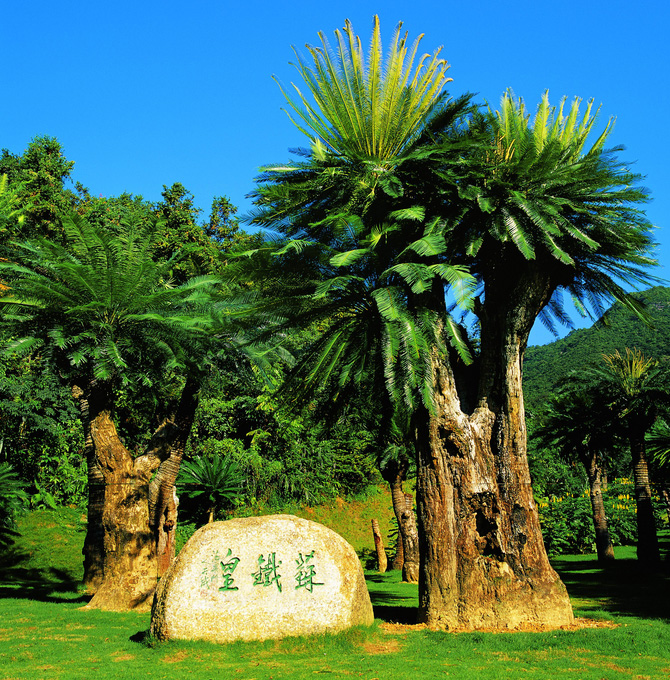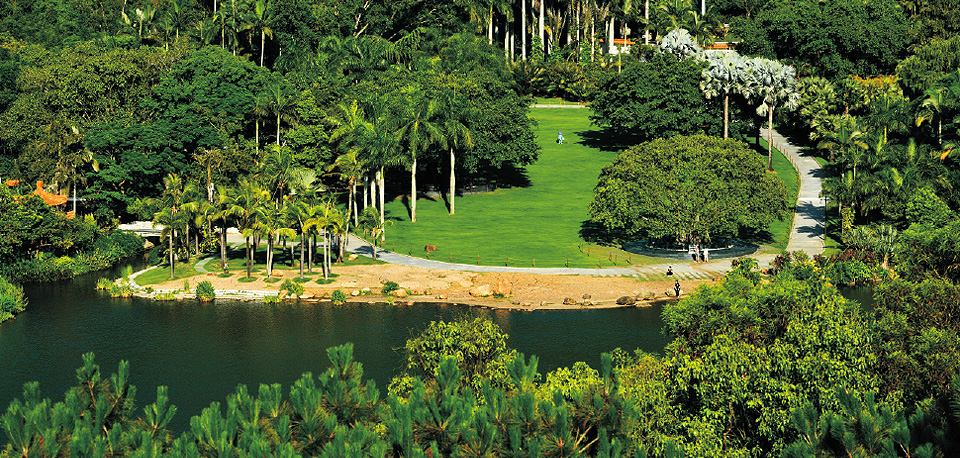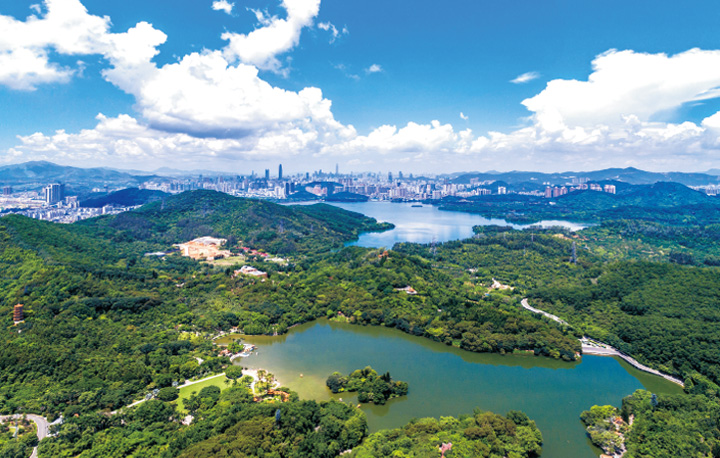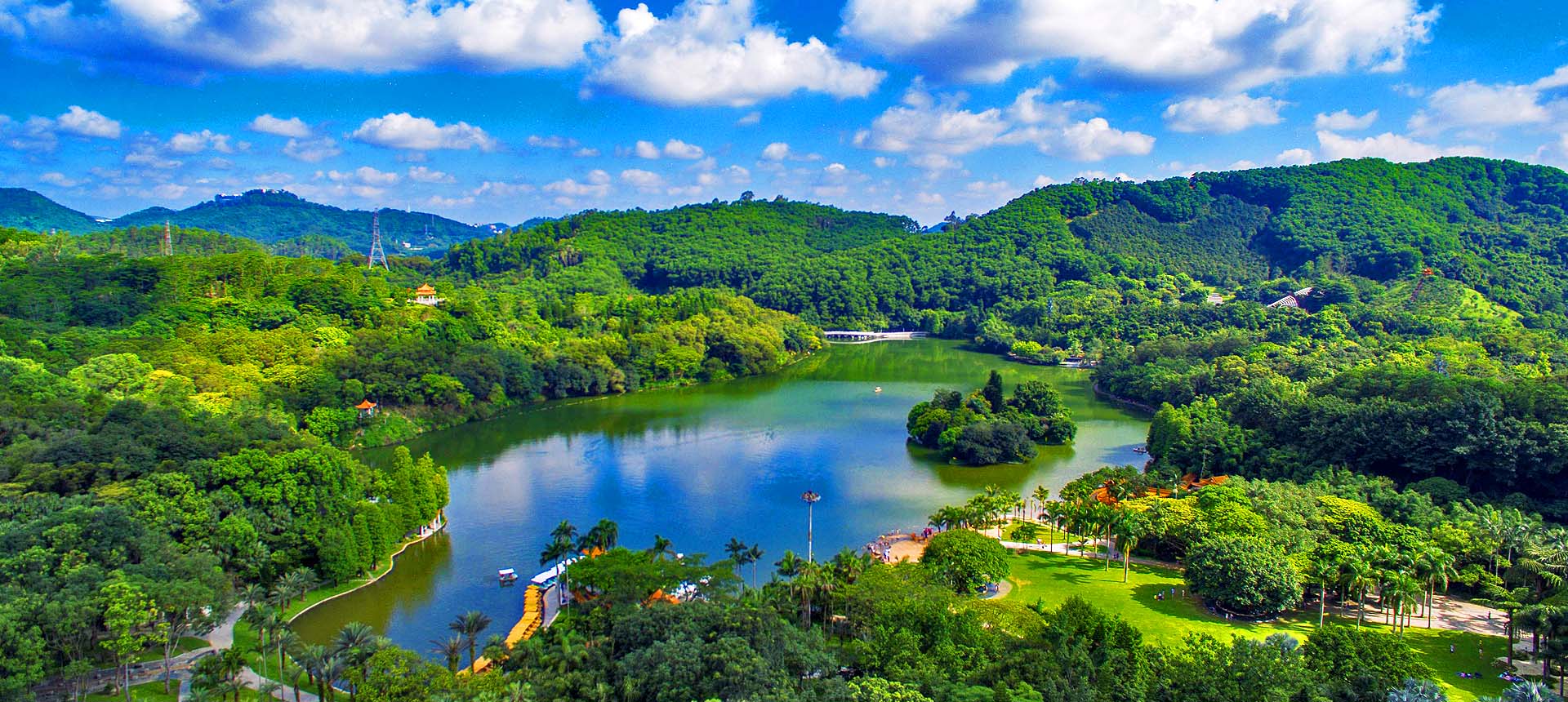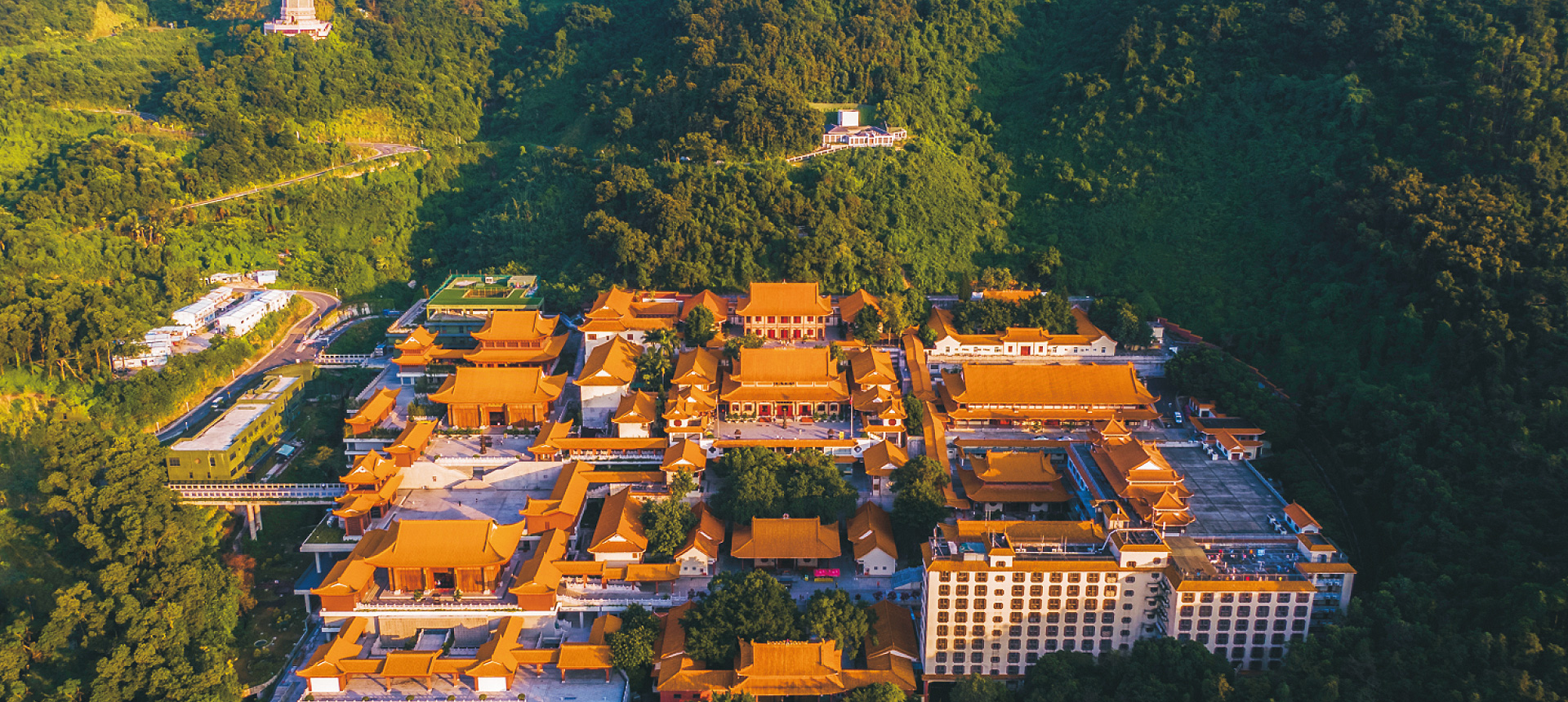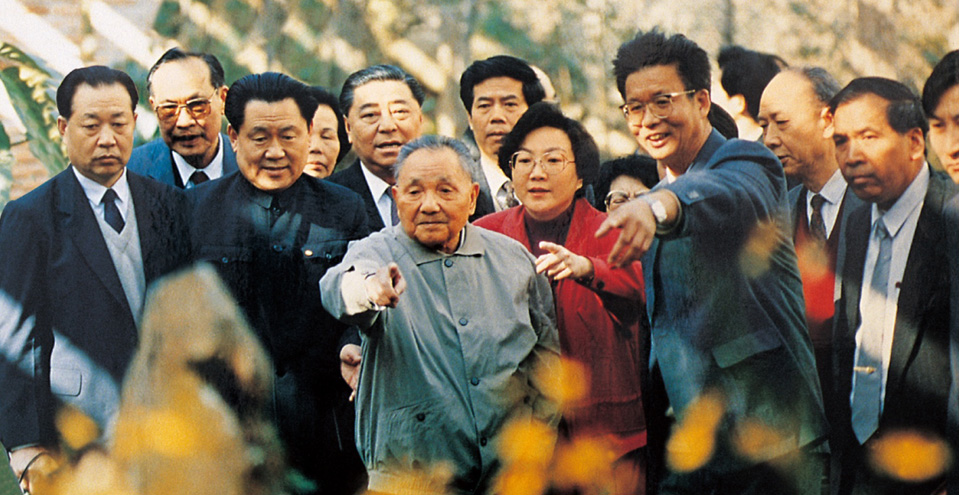SZBG covers an area of 668 hectares. The topography is diverse, and the venue has a good combination of hills, forests and water. During the early stages of planning, Prof. Meng Zhaozhen (presently academician of the Chinese Academy of Engineering), who was the chief designer of the Garden, decided to construct the Fairy Lake as the center of whole garden, which followed the concepts of “choosing suitable location” and “construct the appropriate garden” from the monumental work of ancient Chinese landscape theory Yuan Ye (The Craft of Gardens) published by Ji Cheng in the Ming Dynasty (1631). Meanwhile, the Garden layouts were mainly based on classic Chinese garden styles. Pavilions, platforms, and pagodas were set up either close to water or on hill tops with good views. Buildings followed the traditional styles of northern China, straight and stable, graceful, with white walls and glazed tiles. At carefully selected viewpoints, tourists can view Fairy Lake, towering mountains, the Shenzhen Reservoir and even can see as far as the city center. A series of themed gardens were planted on the flat ground or in valleys around the lake. The scenic spots and themed gardens are all linked through the road and trail system. With all the above landscape designs, SZBG has achieved the original goal of having great scenery set in a scientific context.

Mr. Liang Xiang(right) and Prof. Yang Laili (left) discussed the layout planning
Though SZBG has not had a long history, but the Garden has proved itself worthy with great scenery, sophisticated infrastructure, rich collections of living plants, diverse natural education, and experienced staff. Visitor numbers have reached over 4 million per year in recent years (due to the impact of Covid-19, the number of tourists decreased greatly in 2020). We conserve living plants of nearly 12,000 species (including cultivars), and the Garden is one of the important plant conservation sites in southern China and nationwide. We have achieved much scientific research using the collections, especially on taxa of cycads, magnolias, bryophytes, ferns, gesneriads and begonias. We also have made significant progress in the fields of vertical greening and urban ecology. A variety of educational courses and events meet the needs of children and the wider general public.
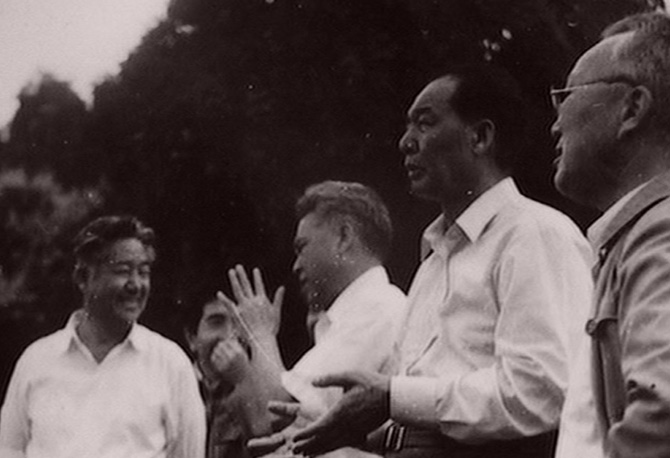
In 1983, Prof. Sun Xiaoxiang(right) accompanied city mayor.
Mr. Liang Xiang(second from right) to examine the site selection of the Garden
